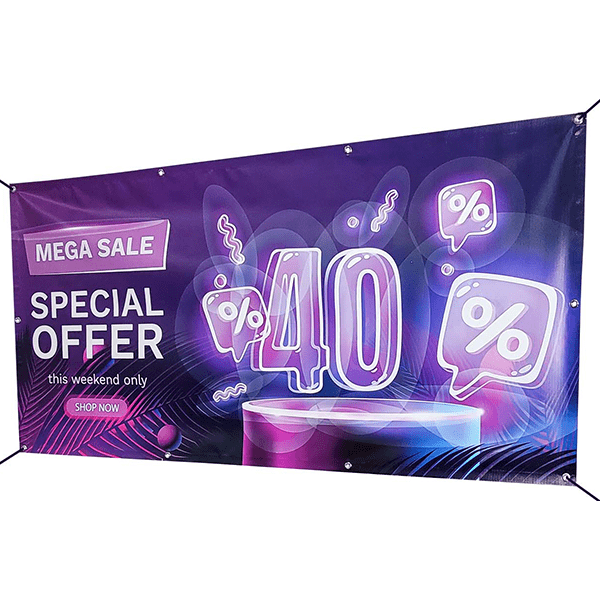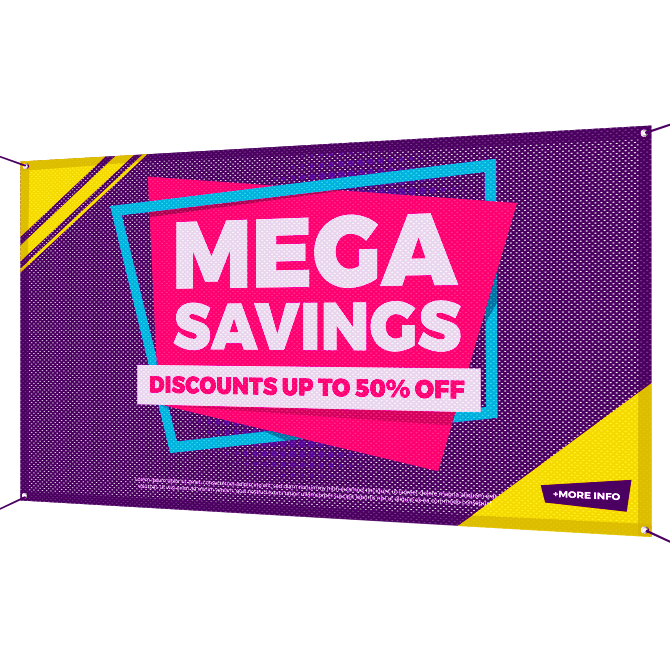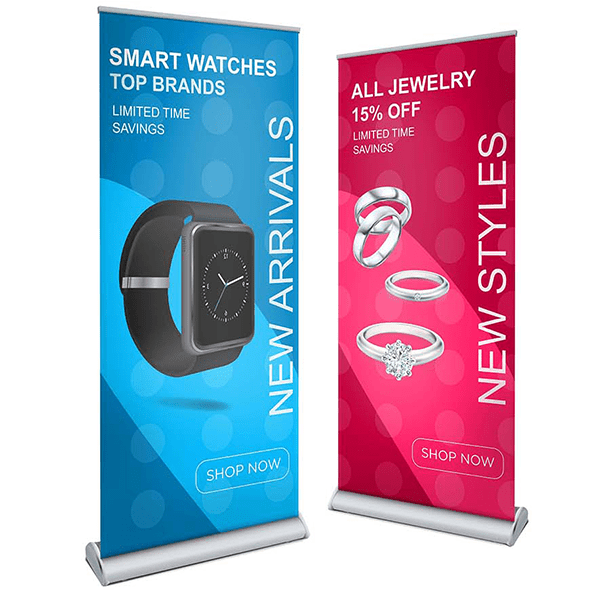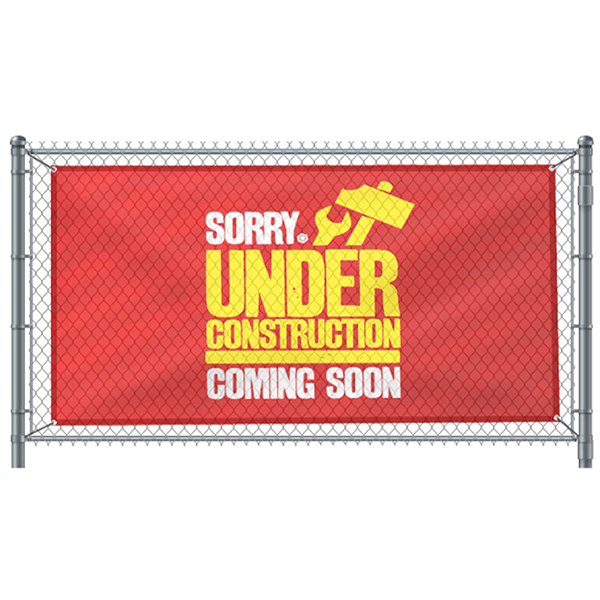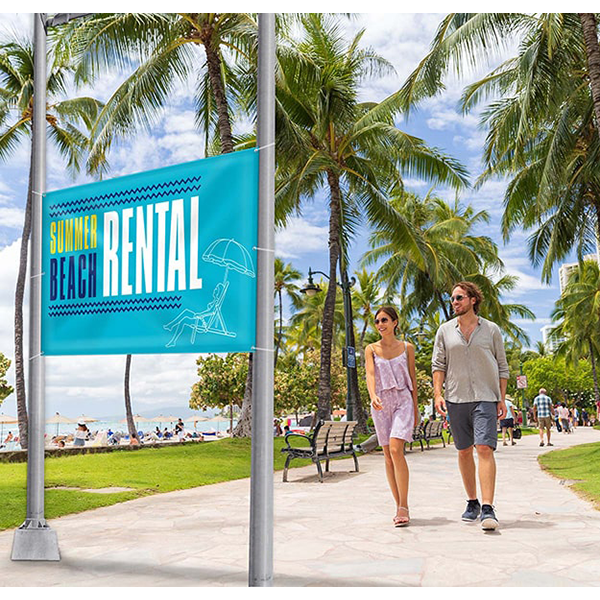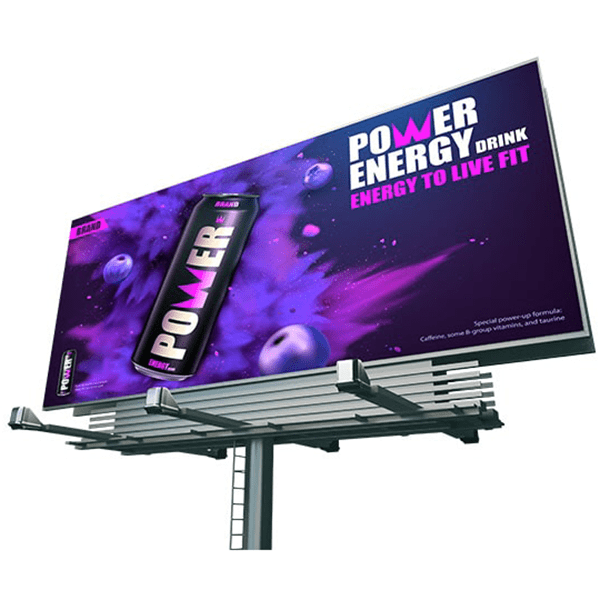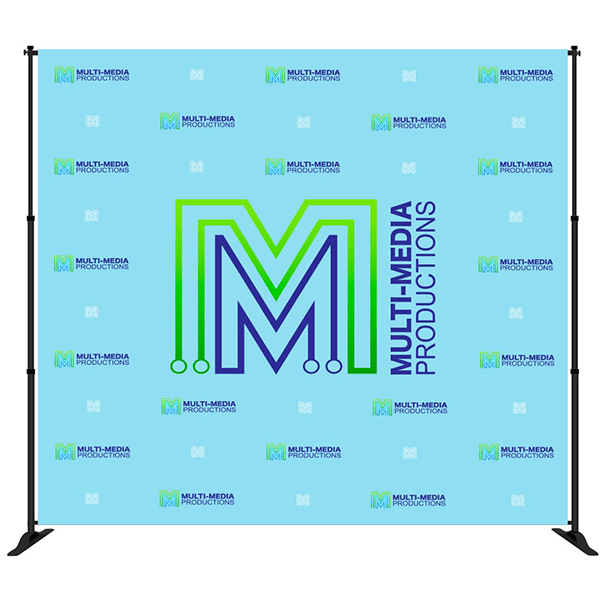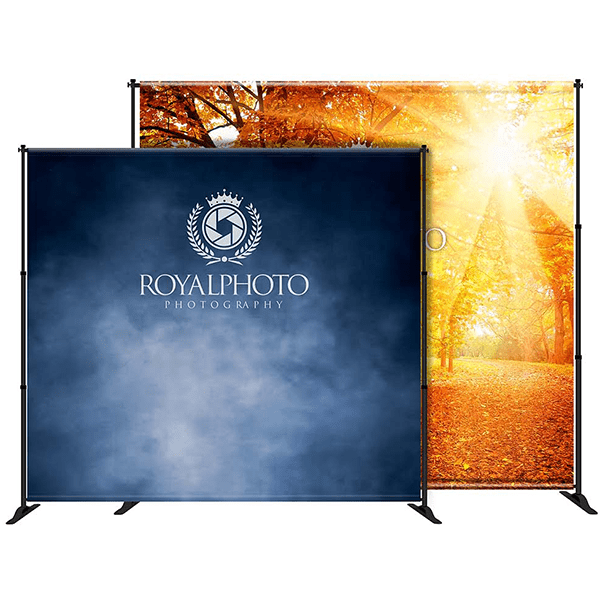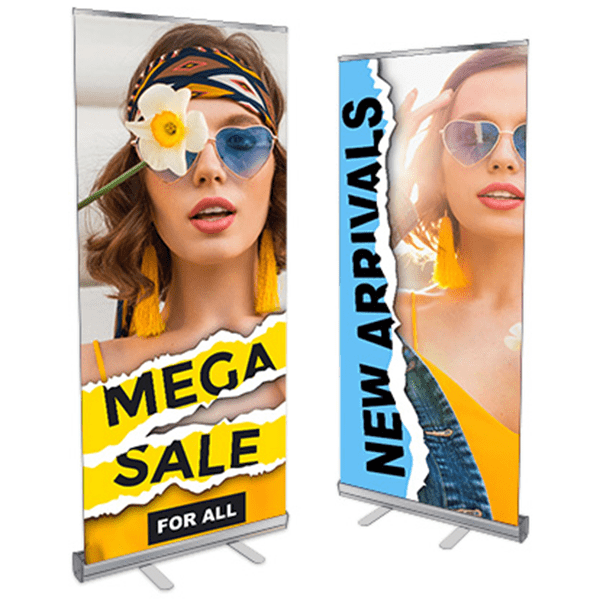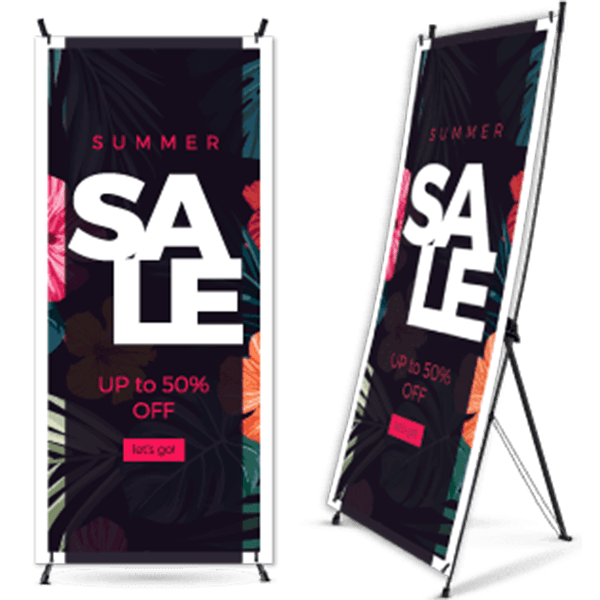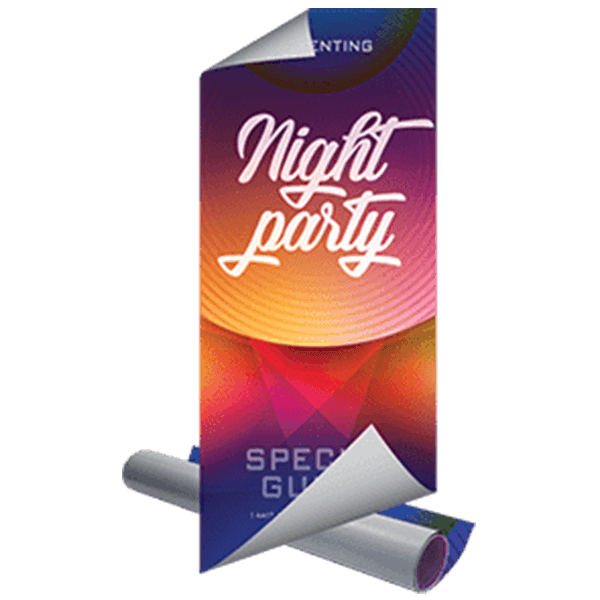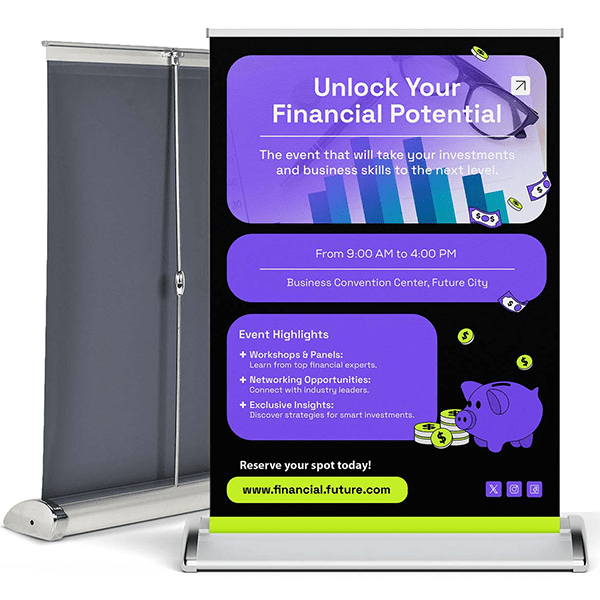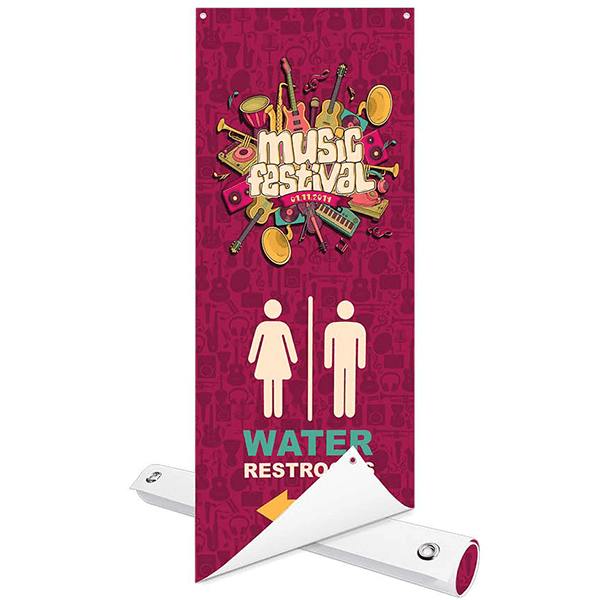Frequently Asked Questions
What makes Printmoz the #1 choice for custom banners printing?
We make our banners in-house with industry-grade printers, UV-resistant inks, and durable materials. You get wholesale pricing, free online design tools, and fast turnaround times. This is your trusted source for affordable, professional-quality banners at a price that fits your budget.
Which banner materials should I use - vinyl, mesh, etc.?
Our
custom vinyl banners are the most common choice for everyday indoor or outdoor use, but we also make
custom mesh banners for windy conditions when you need to let air pass through. Both materials are waterproof, fade-resistant, and customizable in size.
Do custom print banners come with grommets?
Yes, every banner includes optional grommets at no extra cost. These metal-reinforced holes make it easy to hang your banner securely with rope, hooks, or zip ties.
Are the edges on Printmoz banners reinforced?
Yes, banners can be ordered with heat-welded or sewn hems to strengthen the edges and help prevent tearing in outdoor use. This makes them more durable for long-term display.
What banner stands can I add to my order?
We have a few different stands to choose from to pair with your banner, including:
- X Banner Stands - Starting at $50.85
- Retractable Banner Stand - Starting at $124.70
- Premium Banner Stand - Starting at $176.37
- Step and Repeat Banner Stand - Starting at $362.76
What are the most popular custom banner sizes?
The most commonly ordered banner size is
6 x 3' tall; however, we have custom banner sizes to fit all applicable requirements.
Can I get custom banner sizes?
Yes, you can order your banners in any custom size. Use the pricing tool on each product page to enter the custom sizes as needed, add them to the cart, upload your graphics, and approve your online proof.
How do I deal with wrinkles on a custom logo banner?
Lay the banner flat in the sun or use a hairdryer on a low setting to relax creases. Avoid ironing directly on the vinyl - heat can damage the material.
Are custom banners fireproof?
Our standard vinyl banners are not fireproof, but flame-retardant options are available upon request. We’ve had customers request these for venues or events with strict fire-safety requirements.
How durable are Printmoz banners?
Very! Banners used outdoors typically last 2-3 years, while indoor banners can last much longer. This can be traced back to the UV-resistant inks and heavy-duty materials we use. Expect vibrant colors for the long haul.
Can I print on both sides of my banner?
Can I print on both sides of my bannerWe have
custom double-sided banners for street displays, trade shows, or situations where your message needs to be visible from both directions.
What types of banner templates are available?
Printmoz offers free, editable templates for business promotions, events, sales, holidays, real estate, political events, and more. You can customize these templates with your own text, images, and colors using our online design tool. Or, get one-on-one design support today!




